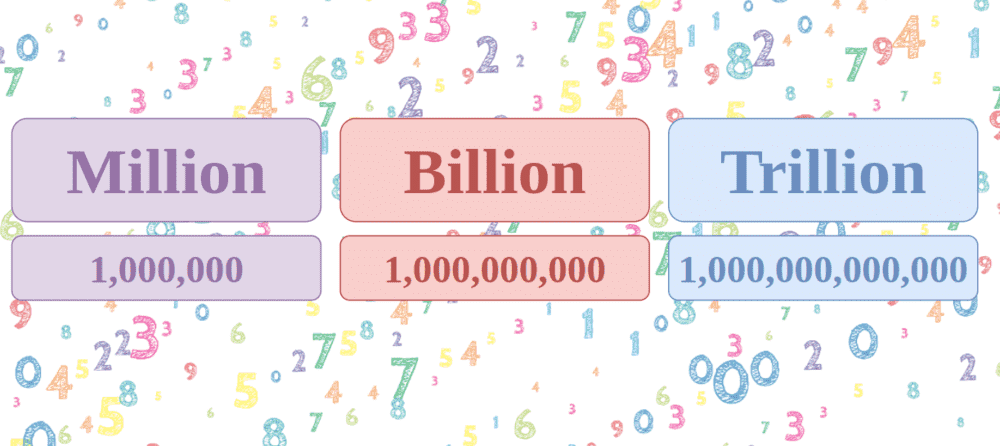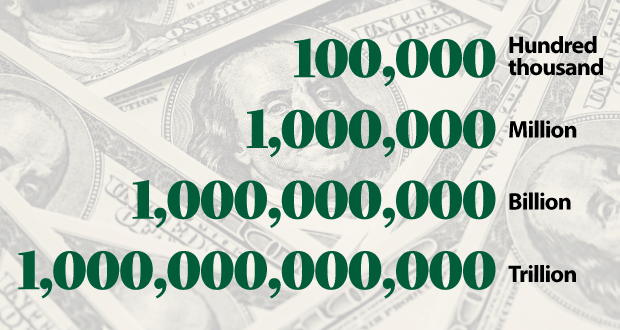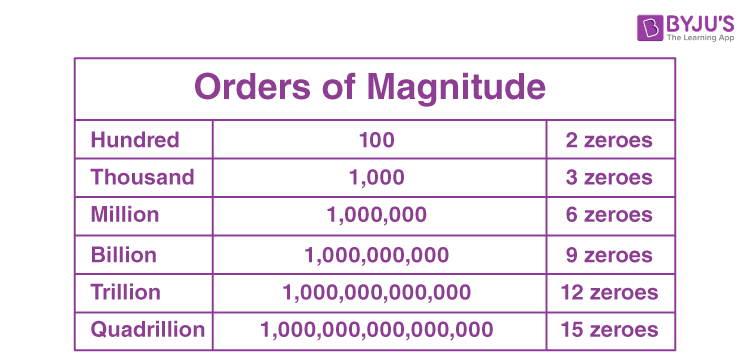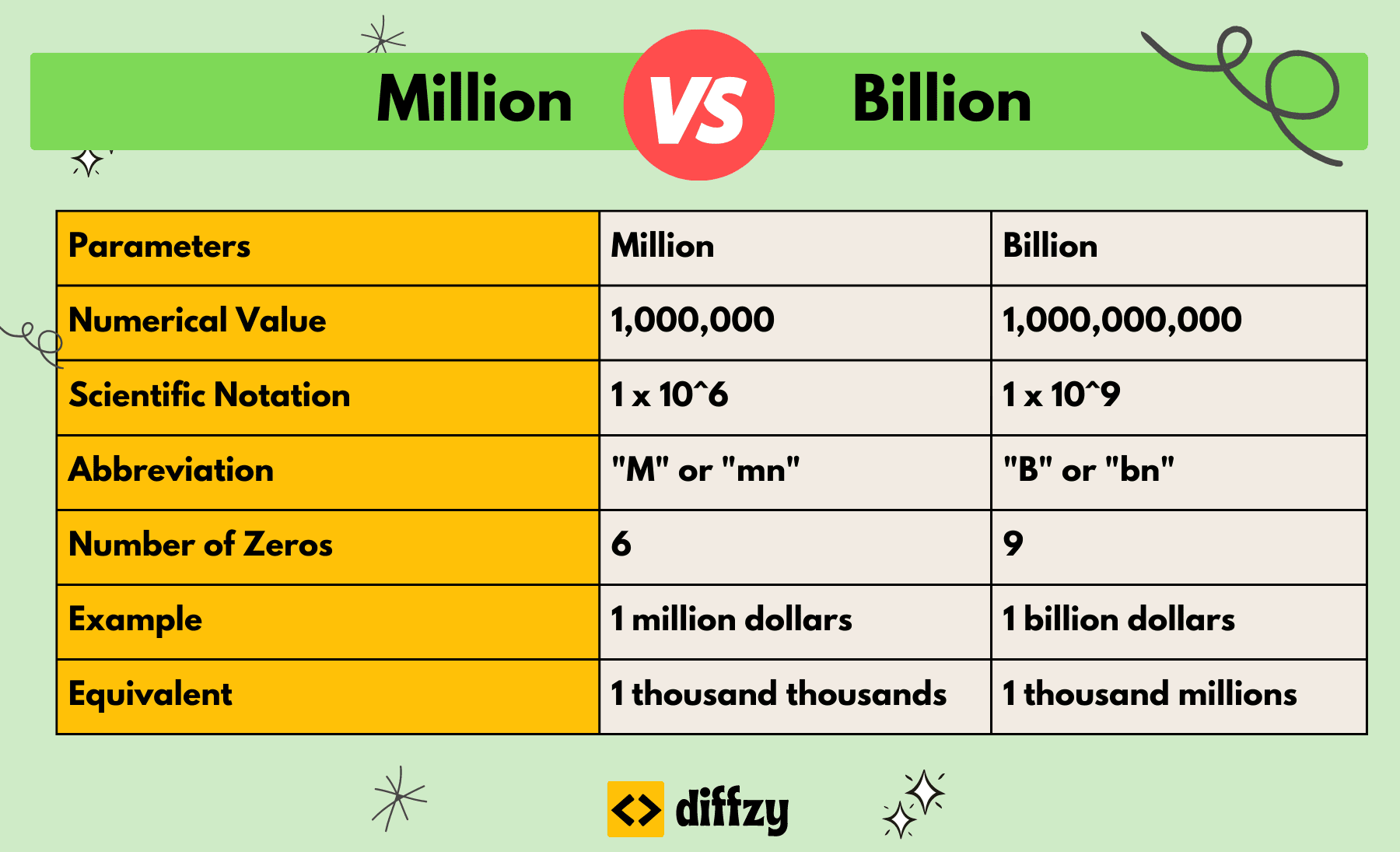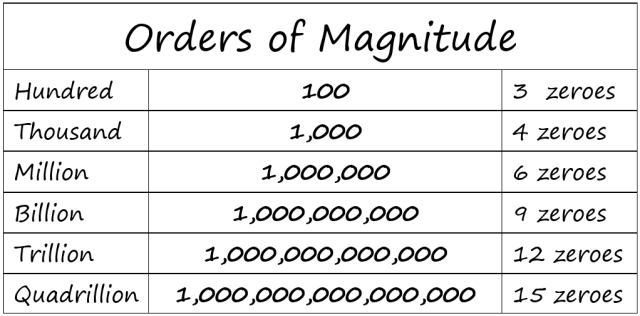1 Billion Divided By 2 Million

Imagine a vast, shimmering ocean, its surface reflecting the golden light of dawn. Each droplet, seemingly insignificant on its own, contributes to the immense power and beauty of the whole. Now, picture that ocean’s potential – a resource to be shared, a benefit to be distributed.
At the heart of it, this is the essence of a simple calculation: 1,000,000,000 divided by 2,000,000. The result, 500, represents far more than just a number. It’s a concept brimming with implications for resource allocation, individual impact, and the potential for meaningful change.
The answer to this division problem is 500.
Understanding the Scale
To fully appreciate the significance of 500, we must first grasp the magnitude of the numbers involved. A billion, 1,000,000,000, is an almost unfathomable quantity. It represents vast wealth, resources, or opportunities, depending on the context.
Similarly, two million, 2,000,000, is a substantial number, often representing a significant population or a large group of individuals. Think of it as the number of people living in a major metropolitan area.
Dividing a billion by two million is, in essence, a thought experiment about distribution. It asks: If we have this massive resource, and this considerable number of recipients, how much does each receive?
Examples in Action
Consider a scenario where a charitable foundation has a billion dollars to allocate to two million beneficiaries. Each recipient would receive $500. While not a life-altering sum, it could make a tangible difference in their lives, perhaps covering essential expenses or providing access to vital services.
Or imagine a government allocating funds for a specific program. If the budget is a billion dollars and the target population is two million, the per capita allocation would again be $500. This funding could support education, healthcare, or infrastructure improvements.
These examples illustrate the power of simple division to reveal the potential impact of resource distribution. The calculation highlights the individual share when large sums are divided among a substantial group.
The Bigger Picture: Resource Allocation
The concept extends beyond simple monetary distribution. It touches upon broader issues of resource allocation in society. Whether it's healthcare, education, or environmental protection, the principle remains the same: how can we effectively distribute resources to maximize their impact?
Understanding the per capita allocation is crucial for policymakers, non-profit organizations, and individuals seeking to make a difference. It provides a baseline for evaluating the effectiveness and equity of resource distribution strategies.
Data from organizations like the World Bank and the United Nations often relies on similar calculations to assess poverty levels, access to essential services, and overall quality of life across different populations.
Individual Impact
While $500 might seem like a relatively small amount in the grand scheme of things, it can have a significant impact on an individual level. For a family struggling to make ends meet, $500 could represent a month's rent, groceries, or essential medical care.
In developing countries, where the cost of living is often lower, $500 could provide even greater benefits. It could fund education for a child, start a small business, or improve access to clean water and sanitation.
The key takeaway is that even seemingly modest amounts can make a real difference in the lives of individuals and communities.
Beyond the Numbers: A Call to Action
The calculation of 1,000,000,000 divided by 2,000,000 is more than just an arithmetic exercise. It's a reminder of the vast resources available in the world and the potential for those resources to be used to improve the lives of others.
It highlights the importance of responsible resource allocation, effective policy-making, and individual acts of generosity. Each of us has a role to play in ensuring that resources are distributed equitably and used wisely.
By understanding the power of these simple calculations, we can become more informed and engaged citizens, advocating for policies that promote greater fairness and opportunity for all.
Challenges and Considerations
Of course, real-world resource allocation is far more complex than a simple division problem. Factors such as administrative costs, corruption, and logistical challenges can significantly impact the actual amount that reaches beneficiaries.
Furthermore, the effectiveness of resource allocation depends on a variety of factors, including the specific needs of the target population, the quality of the programs and services provided, and the overall socio-economic context.
It's essential to consider these complexities when evaluating resource allocation strategies and to advocate for policies that promote transparency, accountability, and effective program implementation.
Looking Ahead: A More Equitable Future
The calculation of 1,000,000,000 divided by 2,000,000 provides a powerful starting point for envisioning a more equitable future. It reminds us of the potential for even small amounts of resources to make a tangible difference in the lives of individuals and communities.
By focusing on responsible resource allocation, effective policy-making, and individual acts of generosity, we can work towards a world where everyone has the opportunity to thrive. The amount 500 is just a start.
Ultimately, the true value lies not just in the numbers themselves, but in the positive impact we can create when we work together to share resources and opportunities for all.
